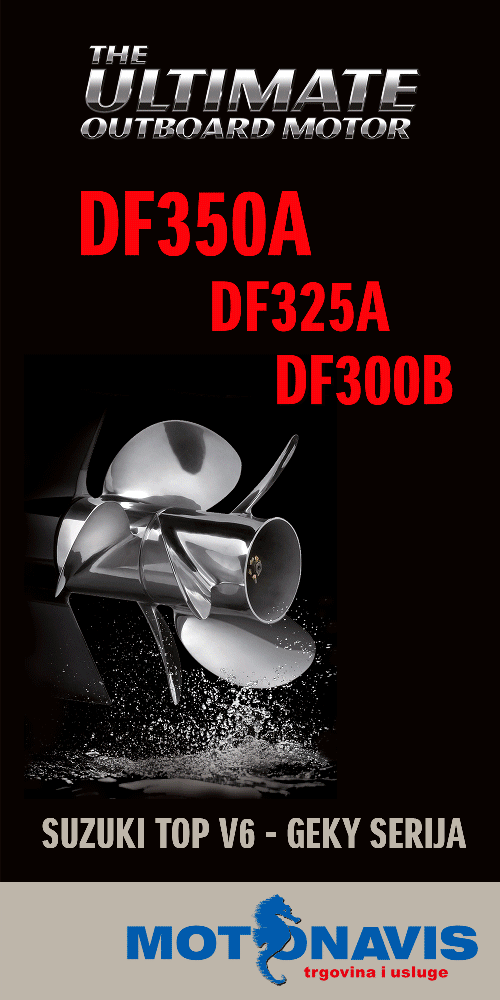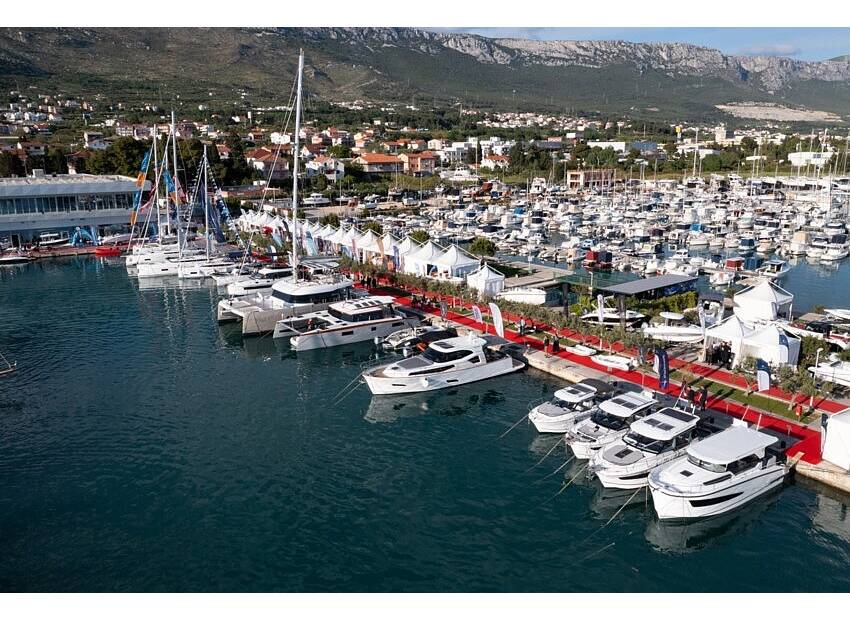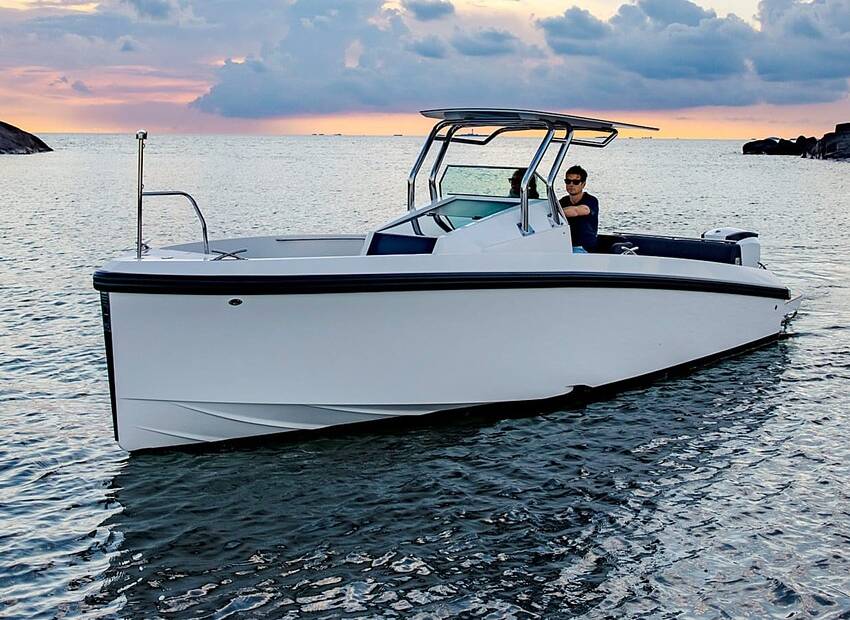Know This Heavy Weather "Rapid Turn" Maneuver!
You are running downwind under sail and power...
with high seas astern. You need to turn around...
to face the seas so that you can heave-to and wait ...
for conditions to moderate. How can you do this...
without the risk of broaching or capsizing?
~~~~~~~~~~~~~~~~~~~~
Imagine that you are under power in rough sailing weather. The seas are high, the spay blows across your bow and you need to turn your boat 180 degrees into the seas and heave-to.
And--you must do this without the danger of broaching or capsize. How can you complete this tricky maneuver under power with control and confidence? Timing will be the key to success...

Wait until the larger sea in the series passes beneath your boat to make the turn. In the illustration the large sea on the bottom of the illustration has just passed beneath and cleared the boat. The skipper turns the wheel or tiller hard over, increases RPM to maximum throttle and keeps an eye astern throughout the turn. Get the bow around and pointed just to one side of the next larger sea (top of illustration) before it arrives at your position. Timing is everything! Follow the steps below along with the illustration.
Use this special "rapid turn" technique if you are under power and running before wind and seas. You may find that you need to pivot your boat around in the opposite direction and face the seas in order to:
● Achieve more comfort with less rolling.
● Heave-to to rest when short- or single-handed.
● Slow down for more positive boat control.
● Reef or reduce sails to balance your boat.
● Change course to avoid dangers (i.e. shoals, breakers).
Five Steps to Complete a "Rapid Turn" Power Maneuver
Read through the five steps below. Print out this article and carry it aboard your boat. That way, you have an instant, at-a-glance review if you need to perform this unique technique in the future:
1. Study the Pattern of the Seas Astern.
Look aft and study the wave pattern. Look for the larger sea. This will often be followed by a series of smaller waves. Attempt to establish a rough estimate of the time interval in seconds from one larger sea to the next larger sea in the series.
2. Wait for the Big Sea to Pass Beneath.
Square your boat's stern to the seas. Wait for the larger sea to pass beneath your keel and past your bow. That way, you will be in a position just behind the larger sea to complete the maneuver. Start counting the time interval in seconds calculated earlier the moment the sea passes you.
Keep a sharp lookout astern to make sure that the next larger sea has not formed earlier than expected. If it has, wait for it pass beneath you before you go to the next step.
3. Turn the Wheel or Tiller Hard Over.
Turn the wheel or tiller hard in the direction of your turn. Again, emphasis here will be to do this immediately after that larger sea in the series clears your keel and bow.
4. Increase Engine Throttle for Power.
Use maximum throttle to get around fast. Get the boat's bow pointed toward the seas before the next larger sea in the series arrives at your position. Count off the time interval estimated earlier.
5. Face the Oncoming Seas at an Angle.
Point the bow a few degrees to one side of the oncoming seas. This will offer a better ride and less stress on your sailing crew, hull and deck gear. Lower throttle speed to the absolute minimum to hold position. Speed causes damage, severe pitching, and elevates the likelihood of crew injury and seasickness. Slow down to maintain maximum control.
~~~~~~~~~~~~~~~~~~~~
Practice these steps before you set off on a cruise. Learn your boat's steering and turning capabilities under power in rough weather. Keep your sailing crew or partner and small sailboat safe on the waters of the world--wherever in the world you choose to cruise!
Get instant access to 400+ sailing articles, videos, live discussion forums, and free ebooks! Click here to find out more!
Captain John






















